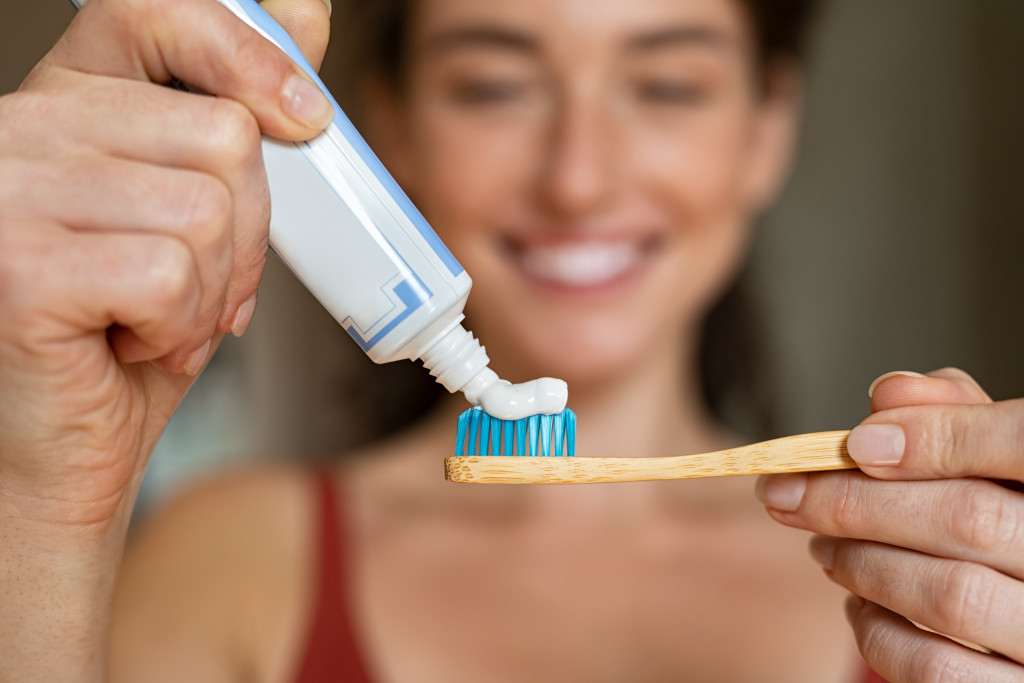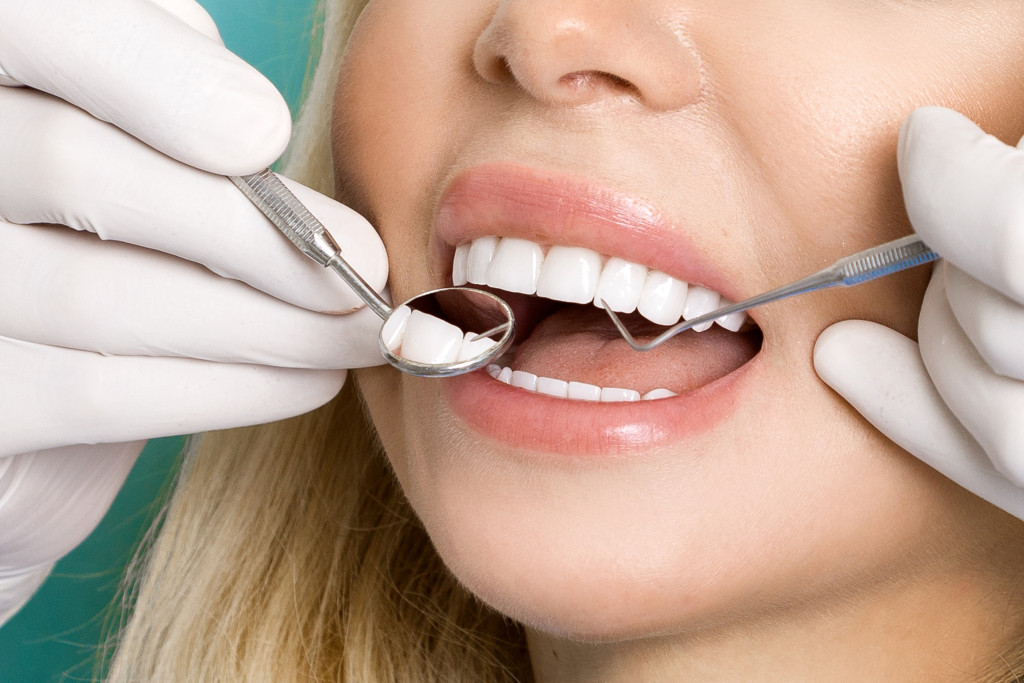Disclaimer: This website provides health information for educational purposes only and is not a substitute for professional medical advice, diagnosis, or treatment. Always seek the guidance of a qualified healthcare provider with any questions you may have.
- Adopt a thorough oral hygiene routine with a soft-bristled toothbrush and fluoride toothpaste.
- Avoid smoking and tobacco products to reduce the risk of gum inflammation and infection.
- Consume a balanced diet of fruits, vegetables, lean proteins, and whole grains.
- Attend regular dental checkups for assessment of gums and professional cleanings.
- Utilize professional tooth pain relief measures for temporary comfort.
Welcome to your guide on managing periodontal disease effectively. Gum disease, medically referred to as periodontal disease, is a significant oral health ailment that impacts the tissues encompassing your teeth. Left untreated can lead to tooth loss and other health complications. However, with proper care and attention, you can take control of this condition and maintain a healthy smile. Below are five crucial tips to help you manage periodontal disease and improve oral health.
1. Adopt a Thorough Oral Hygiene Routine
A consistent and thorough oral hygiene routine is the foundation of managing periodontal disease. This step is vital because periodontal disease often starts in hard-to-reach areas.
Here are some tips for adopting thorough oral hygiene:
Make Brushing and Flossing a Priority
Brushing twice daily and flossing daily are essential to keeping your teeth and gums healthy. Set aside at least two minutes in the morning and night to brush thoroughly, paying extra attention to the gum line. Follow up with flossing once daily — in the morning or just before bed — to remove plaque between teeth and under the gum line.
Choose Quality Products

The type of equipment you use for your oral hygiene routine is important. Maintaining healthy gums and preventing cavities is easier with the help of a soft-bristled toothbrush and fluoride toothpaste. Also, choose floss that’s effective but not too abrasive for your enamel. These essential tools promote oral health and contribute to a brighter smile.
Be Gentle
When brushing and flossing, be sure to use gentle movements. Brushing too vigorously or using a hard-bristled toothbrush can damage the enamel on your teeth and irritate your gums. If you’re experiencing pain while brushing, try using a softer toothbrush.
Follow Up with Regular Checkups
Seeing your dentist twice yearly for routine checkups and cleanings is an important part of your oral hygiene routine. Not only will this help prevent cavities, but it will also allow the dentist to catch any signs of periodontal disease early on. Additionally, your dentist can recommend treatments and products for you.
2. Quit Smoking and Avoid Tobacco Products
Smoking and the use of other tobacco products can severely exacerbate periodontal disease. The chemicals in tobacco weaken the immune system, making it harder for your body to fight off infections in the gums. Moreover, smoking restricts blood flow to the gums, hindering their healing ability. If you’re a smoker, quitting is one of the best things you can do to improve your oral health. Seek support from friends, family, or a cessation program to help you become tobacco-free.
3. Maintain a Balanced Diet
A balanced diet plays a significant role in managing periodontal disease. Opt for various nutrient-rich foods, including veggies, fruits, whole grains, and lean proteins. These foods provide essential vitamins and minerals that support gum health and boost your immune system. Avoid excessive sugary and acidic foods, which can contribute to bacterial growth and tooth decay. If you have difficulty incorporating certain nutrients into your diet, consider dietary supplements after consulting your dentist or healthcare provider.
4. Regular Dental Checkups and Cleanings

Regular dental checkups are crucial for managing periodontal disease. Visit your dentist at least every six months or as your oral health professional recommends. During these visits, your dentist will assess the condition of your gums, perform professional cleanings, and address any concerns you may have. Professional cleanings help remove stubborn plaque and tartar buildup, reducing the risk of gum inflammation and infection. Your dentist can also identify early signs of periodontal disease and provide appropriate treatment to prevent further progression.
5. Utilize Professional Tooth Pain Relief
One of the symptoms of periodontal disease is tooth pain and sensitivity. While you work on managing the underlying condition, finding relief from the discomfort is essential. Seeking professional tooth pain relief can help provide temporary comfort and alleviate your symptoms. Depending on your needs, your dentist may recommend medications, topical gels, or certain treatments. Your dentist will also be able to advise you on how to manage your discomfort and improve the overall health of your teeth.
In Summary
Managing periodontal disease requires dedication to oral hygiene, lifestyle changes, and regular professional care. Adopting a thorough oral hygiene routine, quitting smoking, maintaining a balanced diet, and attending regular dental checkups can significantly improve your gums and teeth. Additionally, utilizing professional tooth pain relief measures will help you find comfort while you work towards managing the underlying condition. Remember, oral health impacts your overall well-being, so take proactive steps to care for your gums and smile. Always consult with your dentist for personalized advice and treatment recommendations. With consistent effort and support from your oral health professionals, you can successfully manage periodontal disease and enjoy a healthier, more confident smile.

